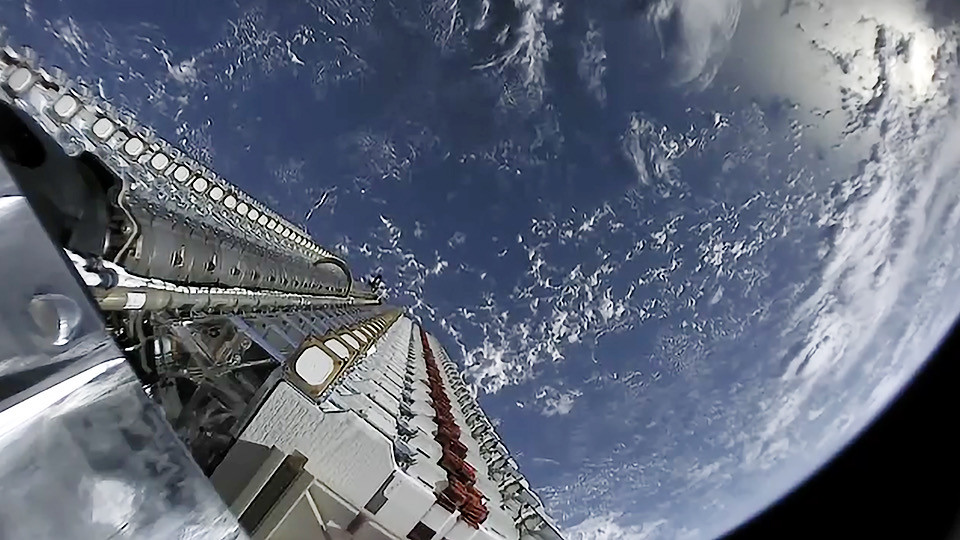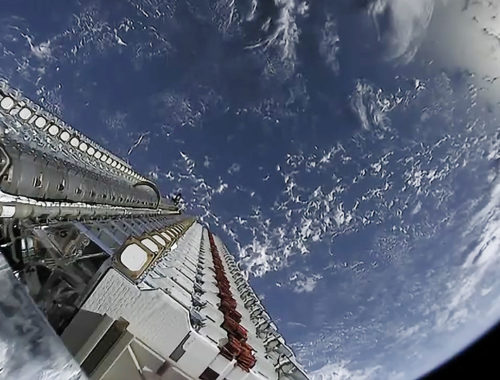Starlink is perhaps one of the most ambitious space programs ever attempted! Projected to eventually be a network of up to 42,000 satellites that will orbit the earth providing global internet connectivity.
In the picture you can see a stack of 60 of the satellites prepared for deployment. The latest launch and deployment brings the total number of these satellites to 300 currently orbiting!

How Will Starlink Work?
I’m sure SpaceX wants to keep the proprietary details secret, but the video below helps to put the pieces together as to how this system will work.
I hope you enjoyed the video! Please feel free to discuss in the comment section below.
73
KD4LQB
